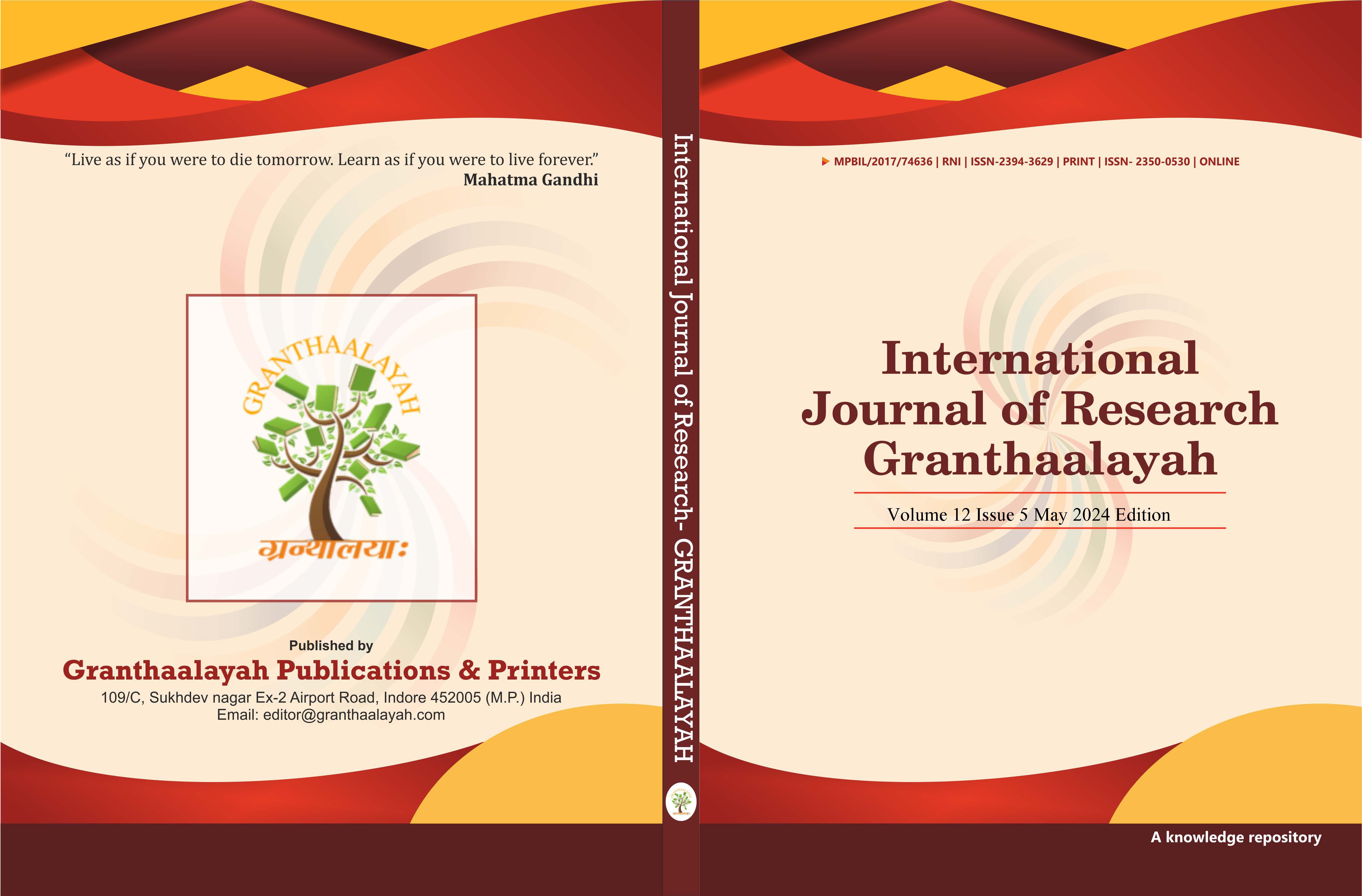PERSONAL FINANCE MANAGER WITH PREDICTIVE ANALYTICS USING LSTM FOR ENHANCED FINANCIAL DECISION MAKING
DOI:
https://doi.org/10.29121/granthaalayah.v12.i5.2024.6104Keywords:
Predictive Analytics, Lstm, Finance, Expenses, Track SpendingAbstract [English]
The Personal Finance Manager project is designed to help individuals effectively manage their finances by tracking income, expenses, and available funds, while leveraging the power of machine learning for predictive analysis. The system features a user-friendly interface where users can input income and expense data, track spending, and visualize financial trends with interactive charts. In addition to traditional budget tracking, the project incorporates Long Short-Term Memory (LSTM) models to analyze past financial data and predict future financial trends, such as potential overspending, savings progress, and expected future expenses.
The Personal Finance Manager allows users to set budgets for different categories and provides real-time tracking with graphical representations of their financial habits. The integration of LSTM models helps forecast future income and expenses, enabling users to make more informed financial decisions. Additionally, the system offers goal-setting features, allowing users to set financial goals such as saving for a vacation or paying off debt. By analyzing historical spending patterns, the LSTM model can also suggest personalized budgeting strategies and alert users when they are likely to exceed their financial goals.
With its combination of real-time tracking, advanced analytics, and predictive modeling using LSTM, the Personal Finance Manager empowers users to take control of their finances. By anticipating future financial trends, users are equipped to adjust their spending habits proactively, helping them achieve long-term financial stability.
Downloads
References
Fogg, B. J. (2003). Persuasive technology: Using Computers to Change what we think and do. Morgan Kaufmann. https://doi.org/10.1145/764008.763957 DOI: https://doi.org/10.1145/764008.763957
Ghosh, D., Dey, L., & Nayak, B. (2018). Predicting household expenses using LSTM networks. International Journal of Advanced Computer Science, 9(12), 347-355.
Graves, A. (2013). Supervised sequence labelling with recurrent neural networks. Springer. https://doi.org/10.1007/978-3-642-24797-2 DOI: https://doi.org/10.1007/978-3-642-24797-2
Hira, T. K., & Mugenda, O. M. (2000). The Impact of Financial Education on Personal Finance Behaviors: A Survey of consumers. Journal of Financial Counseling and Planning, 11(1), 77-88.
Hochreiter, S., & Schmidhuber, J. (1997). Long Short-Term Memory. Neural Computation, 9(8), 1735-1780. https://doi.org/10.1162/neco.1997.9.8.1735 DOI: https://doi.org/10.1162/neco.1997.9.8.1735
Lusardi, A., & Mitchell, O. S. (2011). Financial Literacy and Planning: Implications for Retirement well-being. National Bureau of Economic Research. https://doi.org/10.3386/w17078 DOI: https://doi.org/10.3386/w17078
Mint. (2020). How Mint works: Features and tools to help manage finances. https://www.mint.com
National Endowment for Financial Education. (2020). The Financial Literacy Crisis: The Need for Improved Financial education. https://www.nefe.org
Shmueli, G., & Koppius, O. R. (2011). Predictive modeling with statistical and machine learning techniques: A review. International Journal of Forecasting, 27(2), 303-322. https://doi.org/10.1016/j.ijforecast.2010.10.001 DOI: https://doi.org/10.1016/j.ijforecast.2010.10.001
Zhang, Y., Wei, H., & Wang, L. (2019). Cash flow prediction for small businesses using LSTM. Journal of Financial Technologies, 3(2), 12-25.
Zohar, A., Lohr, S., & Shabtai, A. (2019). Data security and privacy challenges in financial technologies. Journal of Financial Privacy, 2(4), 123-137.
Downloads
Published
How to Cite
Issue
Section
License
Copyright (c) 2024 Jatin Kumar, Anurag Vishwakarma, Nikita Sainy, Arun Kumar, Ruchika Aggarwal

This work is licensed under a Creative Commons Attribution 4.0 International License.
With the licence CC-BY, authors retain the copyright, allowing anyone to download, reuse, re-print, modify, distribute, and/or copy their contribution. The work must be properly attributed to its author.
It is not necessary to ask for further permission from the author or journal board.
This journal provides immediate open access to its content on the principle that making research freely available to the public supports a greater global exchange of knowledge.






























